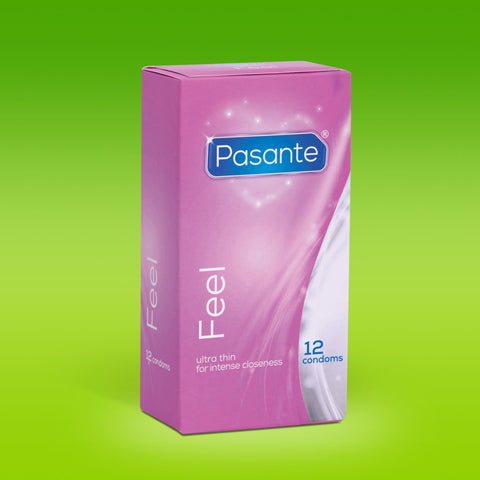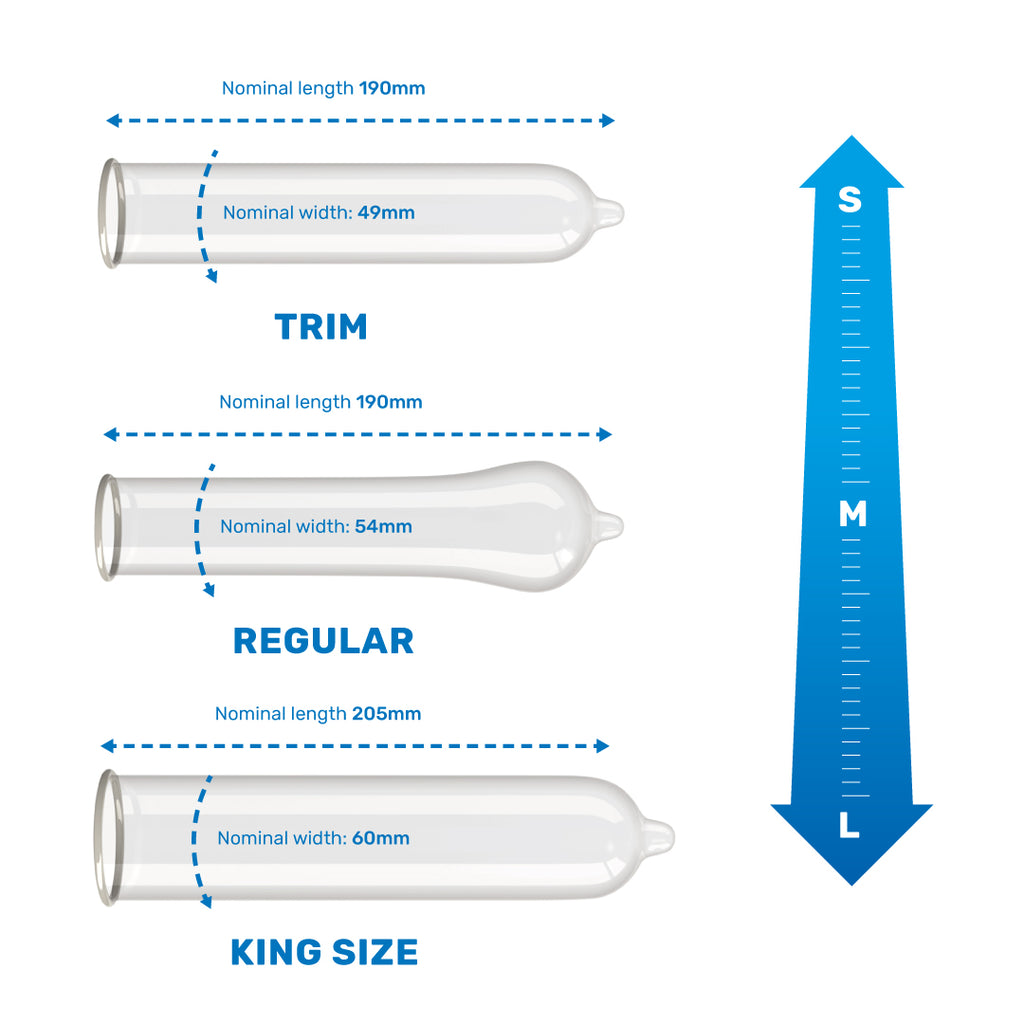
Oral Sex & STIs: What You Need To Know
April is STI Awareness Month, which makes it the perfect time to discuss an often overlooked topic; the risk of sexually transmitted infections (STIs) that comes from having oral sex. There’s often a misconception that oral sex is safe when it comes to STIs, but the truth is that infections such as herpes, human papillomavirus (HPV), gonorrhoea and chlamydia can all be transmitted through oral sex. Let’s find out what STIs can be transmitted through oral sex and how to prevent catching an STI during oral sex.
What sexually transmitted infections can be transferred through oral sex?
Chlamydia
Chlamydia is the most common sexually transmitted infection in the UK and while the risk of catching chlamydia through oral sex is lower than penetrative sex, it’s still a possibility. Symptoms include pain when passing urine, unusual discharge, spotting or bleeding between periods and pain or swelling of the testicles.
Herpes
Both herpes simplex virus HSV-1 and HSV-2 can be spread through oral sex. HSV-1 causes cold sores around the mouth while HSV-2 causes sores around the genitals or anus. Both types can infect either area. If you have a cold sore and give your partner oral sex, you can pass the virus onto your partner’s genitals, whilst if you have genital herpes, the virus can be spread to their mouth. Even if symptoms aren’t always visible, herpes can still be spread - so it’s important to always wear protection to prevent catching an STI during oral sex.
Genital warts
Genital warts are caused by different strains of the human papillomavirus (HPV). Symptoms include small, flesh-coloured bumps that appear on the genitals, anus and surrounding areas - they can also develop in the mouth and throat if HPV is spread through oral sex. HPV is highly contagious, and just like herpes, it can still be spread even when no visible warts are present. If an infected partner has genital warts, the virus can spread to the mouth and throat through unprotected oral sex.
Gonorrhoea
Gonorrhoea is the second most common sexually transmitted infection in the UK. Gonorrhoea can affect the genitals or the throat, leading to symptoms that can sometimes be mistaken for a sore throat. Most of the time gonorrhoea in the throat doesn’t have any symptoms, so it can be hard to detect. Other symptoms include; thin, watery green or yellow discharge, lower abdominal pain, swelling of foreskin or bleeding between periods or after sex.
HIV
HIV is spread through contact with infected blood, semen, vaginal fluids or anal secretions. The risk of HIV is high if there are cuts, sores or bleeding gums, they have a high viral load, or ejaculation occurs in the mouth without a condom. While the risk of catching or spreading HIV during oral sex is lower than anal or vaginal sex, there’s still a risk if there are any cuts or sores in or around the mouth, genitals or anus.
Syphilis
There are four stages to syphilis: primary, secondary, latent and tertiary. The first two stages are the most infectious stages. In the primary stage, symptoms include small, painless ulcers on the genitals, anus or inside the mouth. The sores can be passed on through sexual contact or oral sex which is why this stage is highly infectious. In the secondary stage, you may notice a rash, either on the palms of the hands or soles of the feet but it can occur anywhere. You may also experience a sore throat at this stage. The latent stage typically has no symptoms, and all other symptoms you may have experienced before disappear. Whereas the tertiary stage can occur years after first being infected with the virus - this is the most serious stage and can cause blindness, deafness, memory loss, heart disease, strokes, mental illness or neurosyphilis.
How to prevent catching an STI during oral sex?
Protecting yourself against sexually transmitted infections during oral sex is just as important as it is for penetrative or anal sex. Here are a few ways to prevent catching an STI during oral sex:
Don’t brush your teeth or floss before oral sex
Avoid brushing your teeth or flossing before oral sex as this can cause small cuts or bleeding in the gums, making it easier for viruses and bacteria to enter the bloodstream. If your partner has sores or cuts, the risk of transmission is higher.
Use a Dam
A DAM is a thin sheet of latex or polyurethane that you place between the genitals (or anus) and your mouth to act as a barrier, to reduce the risk of sexual fluids from being transferred. They come in various scents so not only do they provide essential protection, but they also enhance the experience making oral sex safer and more enjoyable.
To find more about DAMs - click here…
Use a condom
Condoms are another barrier method that stops sexual fluids from being transferred, so when giving oral sex to a penis, use a condom (we have flavoured ones to enhance the experience) to help prevent infections like gonorrhoea, chlamydia, and syphilis.
Avoid oral sex if you have cuts or sores
Many sexually transmitted infections can be spread through open sores or cuts, so it’s important to avoid sexual activity, especially oral sex until the sores have healed and you or your partner have been tested and treated.
Get regular testing
Regular testing ensures that you and your partner are aware of any infections before engaging in sexual activity. We recommend getting tested every three months if you’ve had a new partner or once a year if you’re in a committed relationship.





